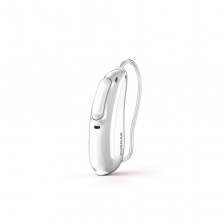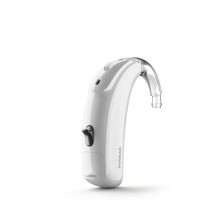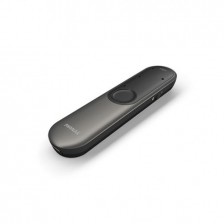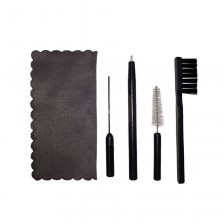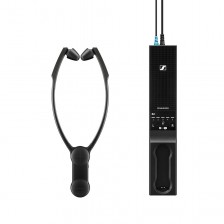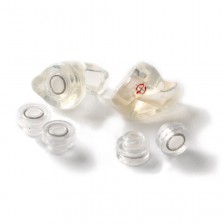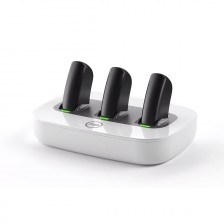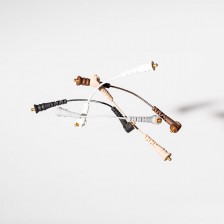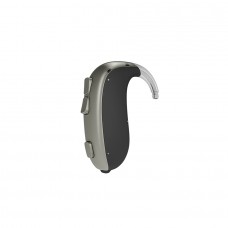Why does noise bother me so much when wearing hearing aids?

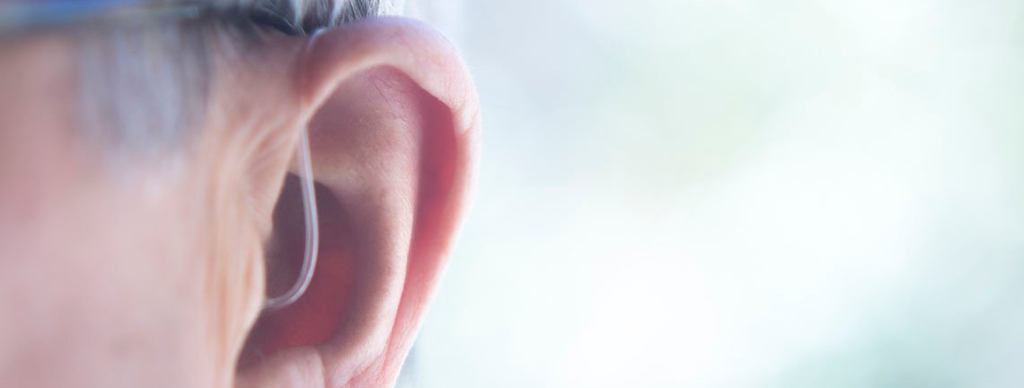
There are people who express a little annoyance to us with the noises around them once they put on hearing aids, especially if they are first-time users. In some cases it is continuous ambient noise such as traffic on the street. In other cases, they are the sounds that happen suddenly like the clash of dishes in the sink. Finally, some users show us their discomfort with much softer noises such as the air conditioning or their own footsteps. This discomfort usually triggers two problems: the discomfort itself and a worse understanding of speech. But do not worry, because it has a solution.
How our brain works
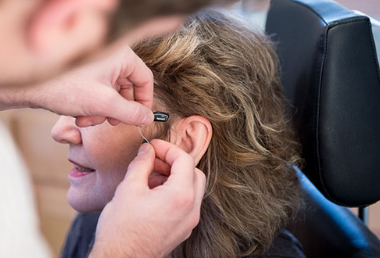
To analyze this problem, it is interesting to know how the brain of a person without hearing loss is related to the noises that are around them. Countless scientific studies have shown that habit is the most important factor when it comes to relating to our sound environment. At first, the brain is attentive to all the sounds around it as it is not yet able to distinguish what is a threat and what is not. With experience, our mind learns to discern which sounds are important for its survival and which are not, passing these seconds into a kind of perceptual background. In even simpler terms, the brain stops paying so much attention to what it does not care about and focuses on what is really useful to it.
Causes of noise discomfort
As we have mentioned before, our brain has ways of identifying unnecessary noises and avoiding them, but this function may not be correct when having a hearing loss for two main reasons:
- Lack of habit: just as the brain learns quickly, it also has the same facility to unlearn. When a person suffers from sustained hearing loss, he stops perceiving all kinds of sounds, from speech to noise. By putting on hearing aids, the brain has to relearn which sounds are important and which to ignore.
- Discomfort: everyone has a limit to the maximum volume they can hear without being disturbed. In certain types of hearing loss, this limit can be reduced to the point of generating auditory hypersensitivity.
How can these annoyances be solved?

Fortunately, since digitization came to the world of hearing aids, manufacturers have been improving different systems and strategies to prevent this phenomenon from happening. Currently, hearing aids emulate how the brain works to discern which sounds are really important. This is achieved thanks to two first-order systems that are combined with each other.
On the one hand, the directionality of the microphones makes the hearing aids more focused on speech and enhances conversation. On the other hand, noise reducers are becoming more and more precise to the point where they currently act in different ways depending on the type of noise. Going back to the beginning of this post, now almost all hearing aids reduce background noise in general (such as traffic or a restaurant) but also, in the Advanced and Premium ranges of practically all models, those that happen suddenly (such as the clashing of the dishes) or the softer ones (such as the air conditioning or the steps themselves). In this way, we can configure the hearing aid by focusing on what is really bothering you.
Finally, the problems derived from hearing hypersensitivity can be solved through programming since audiologists must measure the threshold of discomfort or, in other words, the volume at which the user begins to have discomfort. By discovering this threshold, hearing care professionals can set a maximum volume to ensure that the hearing aids do not cause you any extra discomfort.
At Claso, we are aware of this problem that some of the users face and we program our hearing aids accordingly. We take advantage of continuous technological improvements to adapt to your needs and make your listening experience as comfortable as possible. If you come to Claso, rest assured that, in your life, there will be only the noise you want.


